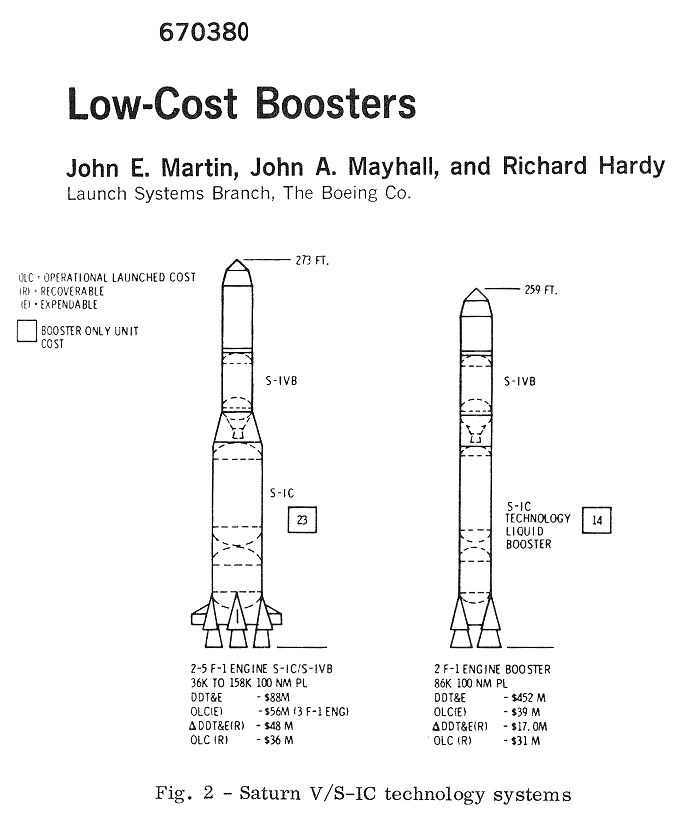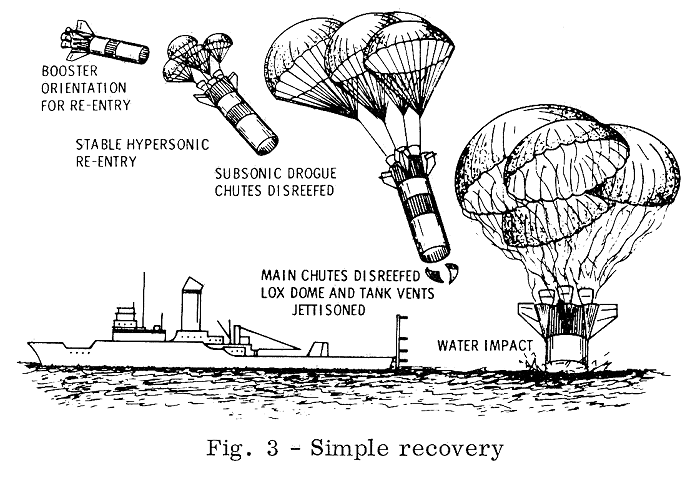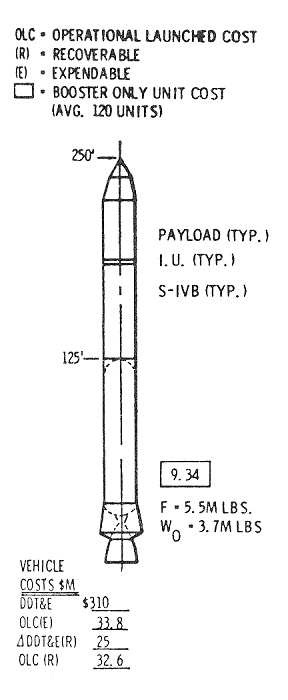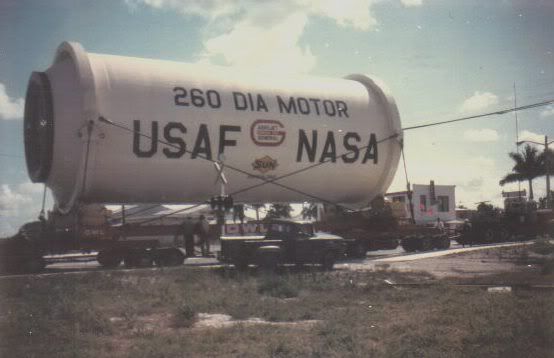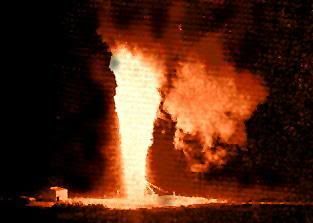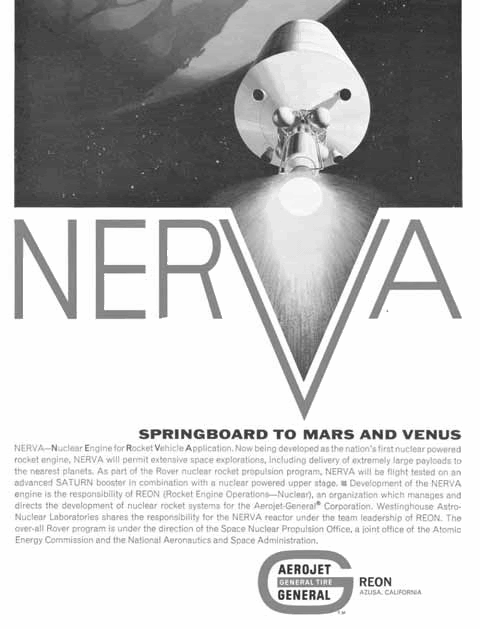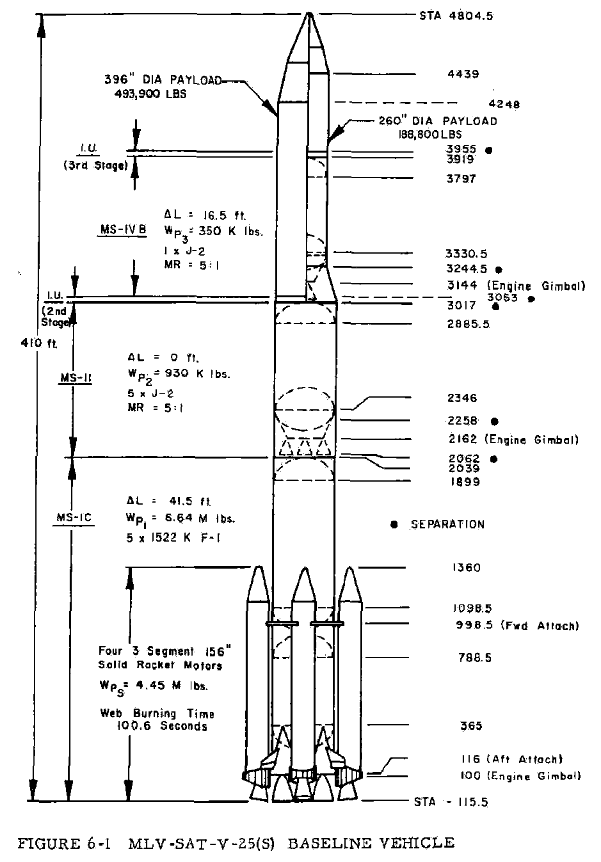Ok, so you want to know what if you get if you go fucking insane and give NASA/DoD a blank check?
This was from a study in the late 1970s that was presented in 1979 formally.
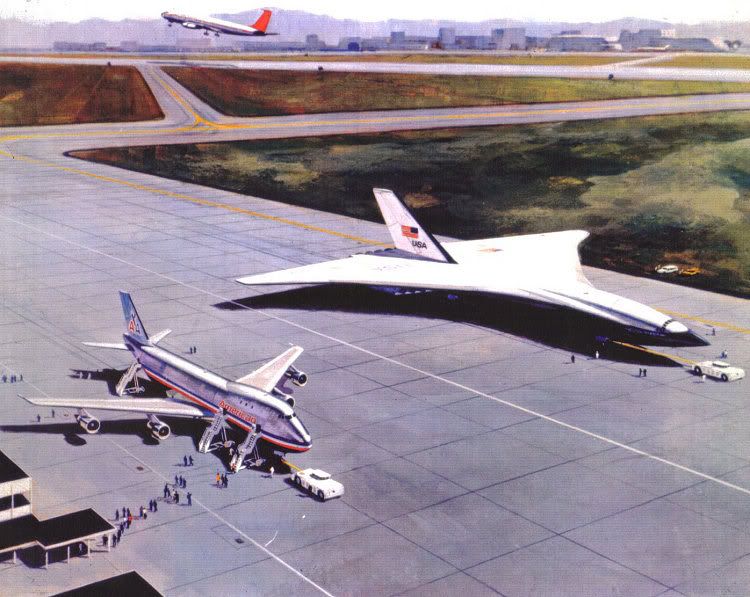 Lockheed Star-Raker and 747 at airport
Lockheed Star-Raker and 747 at airport
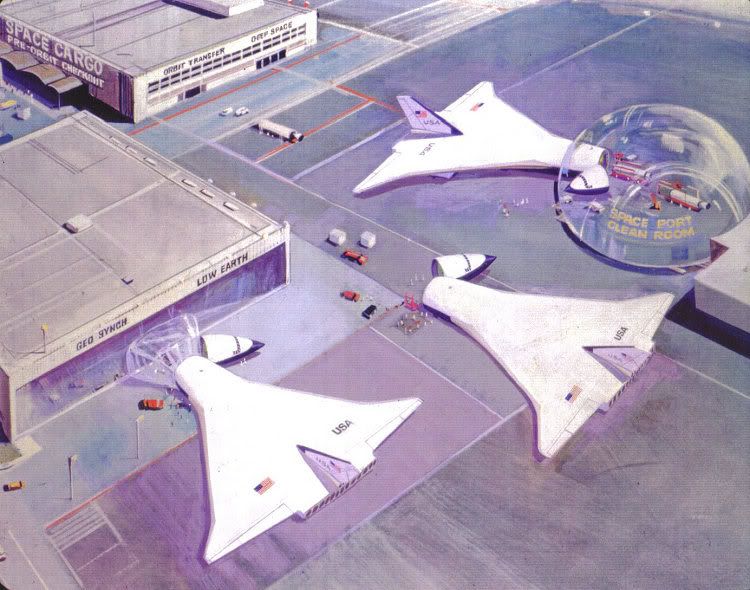
Star-Raker payload operations
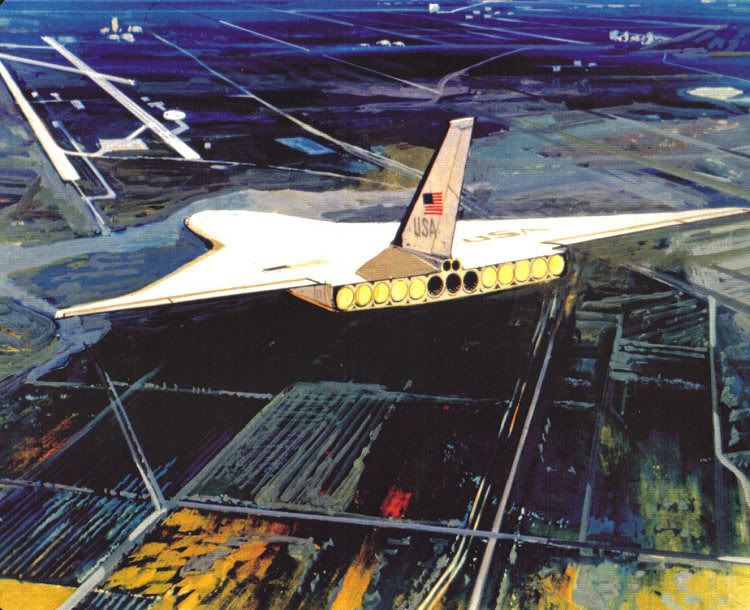
Star-Raker returning to land.
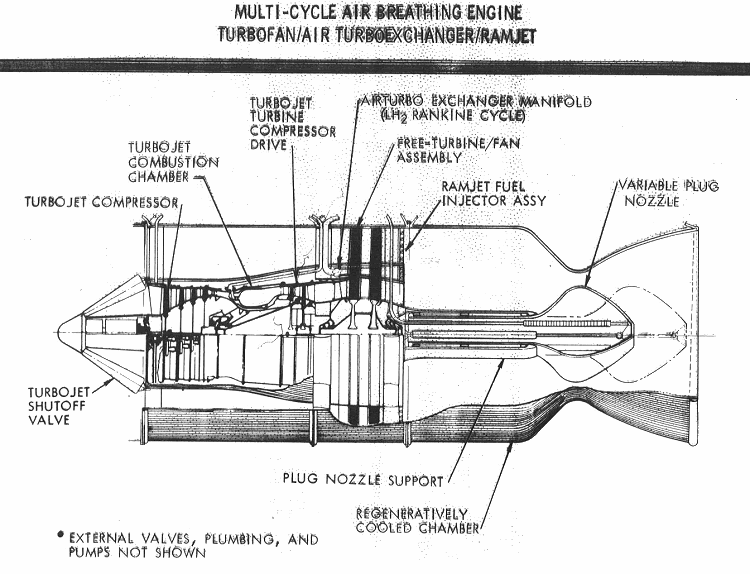
TURBOFANRAMJET!
Payload Specs
- 20 x 20 x 141.5 ft cargo bay (56,600 ft3) accessible via hinged nose
- 196,600 lbs to 300 nm.i at 28.5 deg inclination from Kennedy.
- Deliver above payload at cost of $30-$45 US 2010 Dollars per pound
Propulsion Specs
- Ten hydrogen fueled high bypass supersonic turbofan/air-turbo-exchanger/ramjet engines, each with 140,000 lbf of thrust.
- Three hydrogen fuelled rocket engines, each with 1.06 million lbf of thrust and an ISP of 455 seconds.
- Operate from runways 8,000 to 14,000 ft long (2,440 to 4,270 m).
A typical profile flown from Kennedy Space Center to a 300 n.mi orbit at 28.5 deg inclination was to be:
1.) Runway takeoff under high-pass turbofan/airturbo exchanger (ATE)/ramjet power, with the ramjets acting as supercharged afterburners.
2.) Jettison and parachute recovery of landing gear used only for launch.
3.) Climb to optimum cruise altitude with turbofan power.
4.) Cruise at optimum altitude, Mach number, and direction vector to earth's equatorial plane, using turbofan power.
5.) Execute a large-radius turn into the equatorial plane with turbofan power.
6.) Climb subsonically at optimum climb angle and velocity to an optimum altitude, using high bypass turbofan/ATE/ramjet (supercharged afterburner) power.
7.) Perform an optimum pitch-over into a nearly constant-energy (shallow Y_angle) dive if necessary, and accelerate through the transonic region to approximately Mach 1.2, using turbofan/ATE/ramjet (supercharged afterburner) power.
8.) Execute a long-radius optimum pitch-up to an optimum supersonic climb flight path, using turbofan/ATE/ramjet power.
9.) Climb to approximately 29 km (95 kft) altitude, and 1900 m/s (6200 fps) velocity, at optimum flight path angle and velocity, using proportional fuel-flow throttling from turbofan/ATE/ramjet, or full ramjet, as required to maximize total energy acquired per unit mass of fuel consumed as function of velocity and altitude.
10.) Ignite rocket engines to full required thrust level at 6200 fps and parallel burn with airbreathing engines to 7200 fps.
11.) Shut down airbreather engines while closing airbreather inlet ramps.
12.) Continue rocket power at full thrust.
13.) Insert into an equatorial elliptical orbit 91 x 556 km (50 x 300 nmi) along an optimum lift/drag/thrust flight profile.
14.) Shut down rocket engines and execute a Hohmann transfer to 556 km (300 nmi).
15.) Circularize Hohmann transfer.
16.) Release Payload or dock with Space Station at that orbit.
17.) Perform delta-v maneuver and insert into an equatorial elliptical orbit 91 x 556 km (50 x 300 nmi) in preparation for re-entry.
18.) Perform a low-gamma (flight path angle), high-alpha (angle of attack) re-entry deceleration profile very similar to Space Shuttle to approximately Mach 6.
19.) Reduce alpha (angle of attack) to appropriate angle for maximum lift/drag ratio for high speed glide and cross range maneuvers to subsonic velocity (Mach 0.85).
20.) Open inlets and start some airbreather engines.
21.) Perform powered flight to landing field, land on runway, and taxi to jetway. Flyback fuel requirements include approximately 300 nmi subsonic cruise and two landing approach maneuvers (first approach waveoff with flyaround for second approach).
Cost? Ha. Don't ask.
